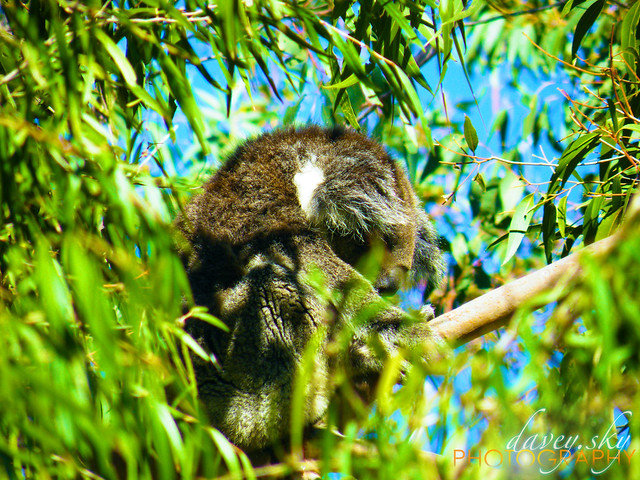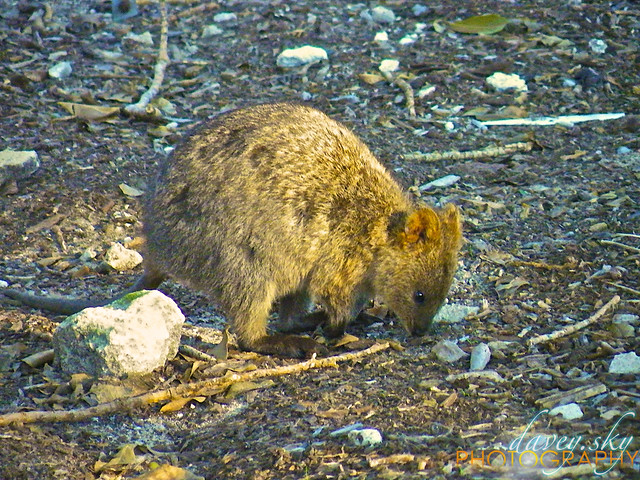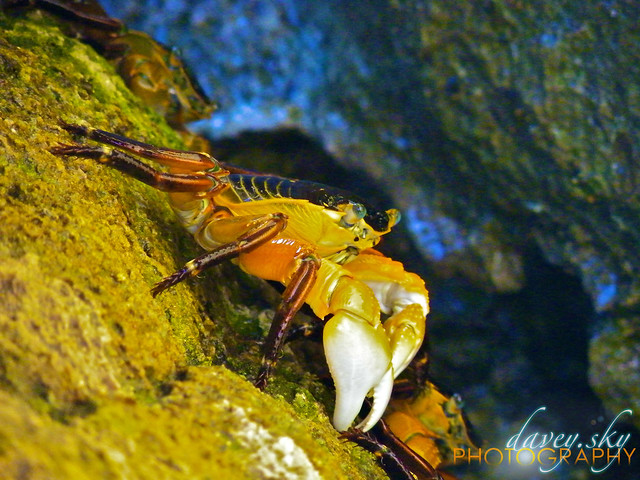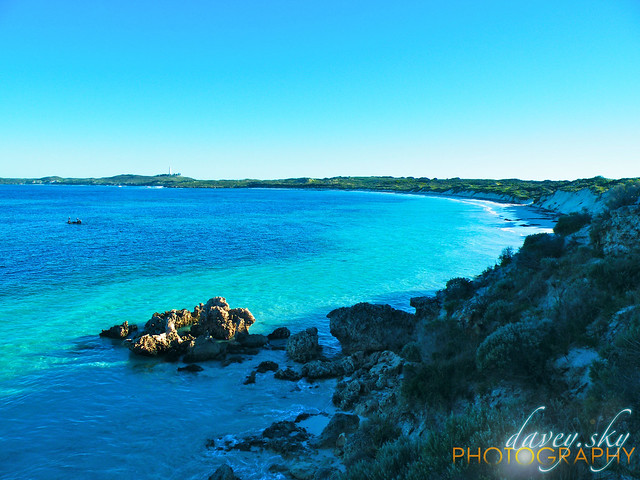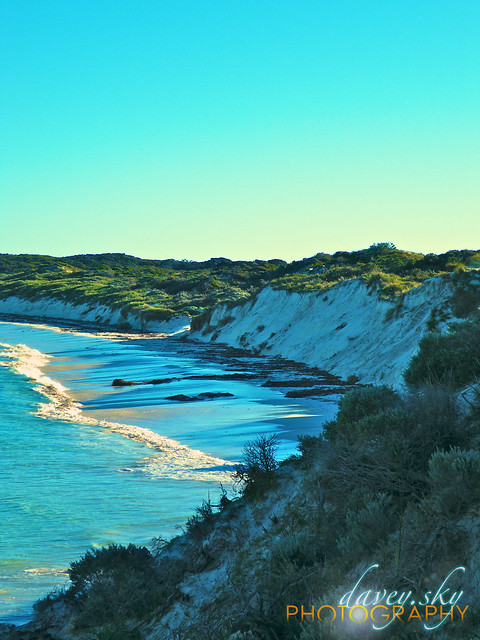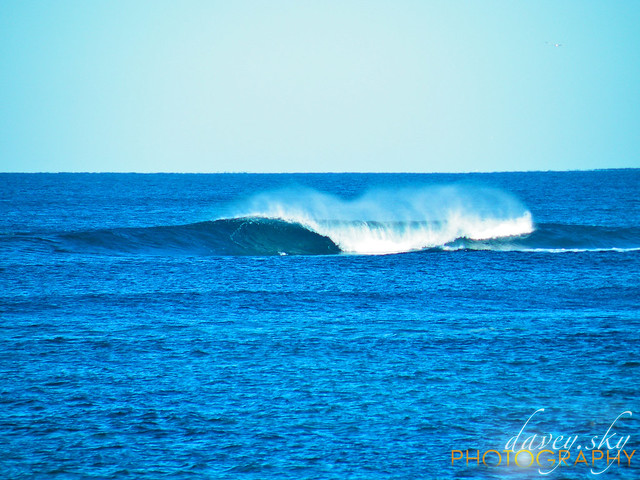Thursday, May 23, 2013
Returning to Europe in 2013
In the pursuit of some rest and relaxation before beginning this Fall, Preshita and I have decided to return to our favorite continent. We will be flying to Helsinki, Finland before taking a boat to Sweden, a train to Denmark, and then sweeping down into France and ending in Switzerland. It was our love of Europe and the culture there that we chose it as our vacation get away.
I've chosen to revive this blog with some updated posts to ease having to create a blog from scratch and take the time to plan that. As it is, planning an international trip is difficult enough. We'll post pictures as our trip goes on and some brief memories of our trip. We hope that any of the other students that are going abroad again that originally went abroad from Rutgers will find the time to post what travels they are planning or undertaking. Although Facebook is wonderful, it is difficult to stay in touch and keep up on everyone's
Fantastic pictures and travels ahead!
View Travel Plans 2013 in a larger map
Wednesday, October 12, 2011
Macro Noodles
To date, Singapore has eight mass rapid transit (MRT) train lines with countless light rapid transit (LRT) trolly lines trekking through the country. Did you know that on at least two MRT lines--and all of LRT lines--run trains with no drivers? The trains are fully automated and no conductor is present on the trains during transit runs. The train is programmed to stop precisely at the station aligning with the station doors and automatically detects alighting and boarding passengers. To me, I find that a bit offsetting, especially when there is a female voice announcing any upcoming train stations, yet no human is actually there...but that's technology for ya!
On a random note, here is a funny joke that my Singaporean grad student supervisor once told me:
Question: "What do you call the heaviest noodle in the world?"
.
.
.
Answer: A wonton noodle.
...and we're back! That random digression was much needed as the following monologue may very well be sleep-inducing. Computer techs, on the other hand, might find it captivating, who knows. Let's begin: This whole drive for machine power over manpower wouldn't have solid ground if it weren't for the flexibility and scripted nature of computer systems. What do I mean by this? I am talking about the machines with random access memory that can be written and rewritten to suit the needs of man--or woman :) --at will through programs. Programmable trains are examples (it kind of reminds me of those toy trains I loved so much as a child!), and of course our computers all show the increase in efficiency due to the human will to create such systems. Another example stems from my research where I experimented with macros on excel sheets to speed up my work in the lab. As mentioned--in meticulous detail--before, the laboratory I worked in Singapore was very efficient, so any constructive short route was preferred.
Macros are essentialy mini programs that are commanded by english-based coding to extrapolate and manipulate data. These programs can be used in many data processing systems, such as excel and even online video games. Surprisingly, macro programming is a really fun and quite simple to learn, but it has a stained reputation because of its heavy usage in spam emails, video game cheat bots, and even malware that can attack computer hardware. You may be familiar with those wierd and colorful number and letter security codes that you have to type during some online logins--yup, those are designed to stop macro bots. I started looking on the internet for simple macro codes to understand the general language, and from there I modified the codes to create new commands. Advanced macro programmers can type coding that goes on for pages--mines are only a few lines.
My first little project involved creating a cell counter on excel that acted as an on-screen calculator that I can use in conjuction with an imaging program to count algae cells. My next task is to sync this counter with that imaging program so that the program automatically calculates the cell count given certain parameters currently unavailable. That's one macro noodle!
(Little tangent: During the birth of this blog, I was chewing bubble gum, made in Japan, while I typing in Singapore. Why is this a significant moment? Because gum is technically banned in Singapore. My current goal is to chew and dispose before a guard sees me. I know, I'm an addict.)
~Lynnicia~
Monday, September 19, 2011
Opening my eyes

We went to a village in Twala and for the first time I found myself faced with a cultural gap that I could not bridge. The village was mainly women, all of whom had come together to try and create a new vision for females. They were from the Masai tribe, and were making the first steps to break away from a completely male dominated society.
To support themselves financially they made beaded souvenirs which the men took to local cities and sold. They also hosted tourist groups, such as ours, and took a portion of every dollar that came in to the village and put it towards a fund that sent the younger girls to school. As inspiring as this all appeared, it became apparent that there vision of females rights was quite different from mine. A young woman showed us around the village after we arrived and they greeted us with traditional song and dance where they grabbed us and twirled us around in a circle, smiling wide toothy grins the whole time. After we walked through one of the houses. It was made of wooden poles held together by mud and cow manure.
 The luckier ones had gas efficient stoves that were powered by the methane released from decomposing cow manure that was placed inside a large bag outside the house.
The luckier ones had gas efficient stoves that were powered by the methane released from decomposing cow manure that was placed inside a large bag outside the house.
There were two rooms in the house: a larger one where the man slept and a smaller one to the side where the women and children slept. The woman was only allowed to enter the man’s room when he wanted to have sex. The women collected water, food, repaired the houses, made the crafts, took care of the cattle, cooked, cleaned, entertained the tourists, and took care of the elderly and children in the village. It seemed a little unbalanced, especially since the male always had his meal before the woman and after a certain age was able to sit and not work while the woman worked until she was no longer physically capable. I recognized that I can not come in as an American and preach my opinion to people who are completely different than me, acting like my way is the right way and I know best. Regardless, it did not make it any less frustrating to watch.
We visited the local school as well, where we got to meet with some of the students. A year ago they turned it from a day school into a boarding school due to an increase in deaths from elephants in the early morning while the kids were walking to school. Elephants were a serious threat in Kenya. The week we were in Twala one person had died and another one had been injured from elephants. Elephants and wildlife were not the only threat to students. That year alone the school had lost three females students who dropped out when they became pregnant. The principle walked us around the grounds and through the buildings, explaining the struggles and triumphs of the school. The dorms were crammed with bunk beds that slept anywhere from 3-6 students on paper thing mattresses or on the cement floors under a leaky steel roof. The classrooms were surprisingly well stocked, with lab gear and textbooks. We spent some time talking with students in small groups, trying to get a feel for their lives, and at least for me, totally failing. How could I relate?
Before we left we walked back to the principle's office to sign a guest book and get contact information. While we walked up the rocky path I asked him what the age was of the youngest girl to drop out from pregnancy. The principal looked back over his shoulder at me. “Nine,” he said, and continued walking. I remembered where I was and stopped trying to judge something that I would never be able to understand. The students I had spoken with told me they wanted to go to University, that they wanted to travel. They taught me words in Swahili and giggled shyly when I made a poor attempt to repeat it. I was reminded that I have had nothing but opportunities in my life, some of which I have struggled for, but many of which I have been handed, and I felt nothing but gratitude for the people in my life who had made it all possible.
Photos by Kelsey Lucca
Friday, September 16, 2011
Go time

I don't blame people for staring as I imagine it was probably a uncommon sight In Nairobi to see a group of Americans cram into an open truck, bundled up in blankets and sweat shirts, and start playing 90’s rap music at lovely 6am. Far from the seat belted roofed school buses I’m used to, the unimog has a truck bed with a metal frame covered in canvas that rolls up on the sides and back exposing the two benches that run down the middle of it to the spectacular view, chilly air, and dusty roads.

From the moment I sat down on the hard wooden seat, my world was transformed. After two hours of driving the buildings were replaced with mountains and the occasional villages, the highways with pot hole lined dirt roads, and the people with wildlife.
The first stop was Mugie Ranch, a Rhino Sanctuary that was home to a diverse array of wildlife. It felt like I woke up and drove into every movie/book/fantasy you’ve ever heard or seen about Africa. Toilets and running water disappeared, my room became a tent, my bed a sleeping bag, the dining room consisted of stools around a bonfire, and the kitchen was a tarp wrapped around long wooden stakes driven into the ground. There is a sense of complete submission almost immediately. Everything is out of your control, and things go wrong so often it feels right, so you just allow yourself the freedom to let go and laugh because it’s all there is to do really.
We went on game drives and had lectures daily while we were there, reading at least two scientific papers a day as well as maintaining daily field notebooks. It was not as rigid as it sounds though, there were always circumstances that changed everything.

One afternoon, Julie approached us grinning and said “Lecture is canceled, we found the lions.” We piled into the cars and sped off road through bushes with Frank, the primary wildlife biologist there, hanging half his body out the window with a tracker to locate the collared individuals. We slowed down by a larger shrub which was shading two females sprawled out underneath of it. As impressive as they were, the scene was pretty uneventful, and we left after a few pictures. They went to take another trip back out to show the professors that hadn’t been to see them yet, and, since they had room and none of the other students wanted to come, I hopped back in to go take in the animals once again. This time, though, the trucks scared the lions out of the den. We found them a few kilometers away, in a field, under one lonely tree, with a male. We crept up slowly, getting close enough that I could see the hairs in his mane waving in the wind. I was in awe. So much so that I didn’t realize that I hadn’t been breathing until I started to feel a bit faint and finally exhaled.
Later that night we went on a night game drive. I sat on the roof of the range rover with a couple other students and we drove into the big open darkness. We saw little except for a pack of hyenas with a fresh kill. Most of the time I spent with my head facing upward, trying to take in the sheer size of the sky. There is something about the sky there, something that makes I feel so much larger. I tilted my head back just in time to catch a shooting star and thought, “This, this feeling, this is why I’m here.”
Monday, August 1, 2011
Welcome To Kenya
The land rover that picked us up seemed romantically rustic and surreal at first. Until it was jolting and moving at a discouraging pace of 20 mph along the highway as cars screeched past us, swerving to get out of the way. Smoke poured out of the muffler. Welcome to Kenya, Julie said as she twisted around to face us, grinning from ear to ear. We stopped at a gas station to await an impromptu pick up for the next couple of hours.
Welcome to Kenya. In the past 36 hours, I have entered into a world that is as foreign to me as I could imagine. Nairobi, the capital, is where urban has somehow confined this rural area. Cows graze in the grass dividing the highway while scramble alongside sky high buildings. Monkeys hop out of trees and onto little tin build stands selling drinks and fruit.
Welcome to Nairobi. Where common questions are which malaria pill are you taking and how are your bowels? A place where smoke and dust combine with the lingering scent of gasoline along traffic jammed streets. Where people hold everything from cutlery to soccer balls to furniture outside your window for sale.
An odd place indeed, as everything seems to go wrong and yet nothing seems to bother anyone. Where half the population is unemployed, there is a high crime rate, and yet most people do nothing but giggle when you try to say a word in Swahili to them.
Tomorrow, I hop on the back of a vehicle that holds all the students in benches lining the sides, with no back, to traverse dirt roads into the mountains where I will begin my adventure at a rhino sanctuary. Kenya, I am at once mesmerized and enchanted, and can not imagine where the next four weeks will take me.
Wednesday, July 27, 2011
Hungry Ghost Festival Longevity Peach Pau = shou tao
 and durian (Well known for being either absolutely delicious or pungent and horrible-when I ate it I could not taste or smell anything -no I wasn't sick- so I guess that means I like durian)
and durian (Well known for being either absolutely delicious or pungent and horrible-when I ate it I could not taste or smell anything -no I wasn't sick- so I guess that means I like durian) . I was going to pick mangosteen
. I was going to pick mangosteen  this week when I saw the most delicious, vibrant looking peach of my life. It was hot pink and then faded into white. There were a bunch of them at every fruit stand, I figured they just became ripe and by the way they were wrapped it seemed as so they were for some type of celebration. I thought to ask the vendor what they were, but then reconsidered because the last time I asked a vendor how you eat a rambutan I was awkwardly stared at for a few seconds and then ignored.
this week when I saw the most delicious, vibrant looking peach of my life. It was hot pink and then faded into white. There were a bunch of them at every fruit stand, I figured they just became ripe and by the way they were wrapped it seemed as so they were for some type of celebration. I thought to ask the vendor what they were, but then reconsidered because the last time I asked a vendor how you eat a rambutan I was awkwardly stared at for a few seconds and then ignored.
I splurged a bit to buy my peaches, but my excitement overcame these concerns and so I gladly shared the fruits of my labor with my apartment mates (pun anyone?). This is when Jackie pointed out that my fruit had an ingredients label, which included wheat and lotus! What a disappointment!! It turns out they were not very appetizing as well; the best way I could describe it is a roll with the thickness and sponginess of pretzel dough filled with thick fragrant, slightly sweet goop.
Since no one in my apartment was going to eat my peach rolls, I decided to bring them to work hoping that someone would recognize what they were and enjoy them.

For the large part of the lunch, my co workers laughed at my misinterpretation of the food. At the end though, one person declared that they were probably pau (a roll with filling in the center, a cousin of the Boston Crème) meant for the Hungry Ghost Festival.
The Hungry Ghost Festival, celebrated throughout South East Asia, is when the “gates of Hell” are open and ghosts are able to wonder the earth. The Chinese in Singapore, uphold this tradition by burning incense and providing offerings for the ghosts (like my peach). The basis of the tradition reminds me of Día de los muertos, from Mexican culture. Among the revelries of the festival are various theatrical performances which range from religious to comical in nature. The living are welcome to attend these performances, but the ghosts have reserved seats in the front rows.
With this knowledge, I thought it was not in my best interest to finish my Hungry Ghost Festival Peach Roll and left the remaining rolls at the table either for a passerby or a hungry ghost. The next day, when we returned to the pantry (which is what they call the room with sofas, a fridge, and a table tennis table, in my opinion pantry doesn’t do the room justice) to find that hungry ghost had not eaten all of the Ghost Festival Peach Rolls. We then debated whether they would ever actually go because they are intended for ghosts. Fortunately, someone from Chinese descent was also eating lunch with us that day and to everyone’s’ surprise and my pleasure she said that the roll was not meant for the Hungry Ghost Festival.
Instead, it was a longevity peach, called shou tao in Singapore (I knew it looked like a peach!!). In Singapore, the longevity peach is eaten on an elderly person’s birthday. The tradition comes from a Taoist story which said that there was once a peach tree which every three thousand years would grow peaches that would grant the eater immortality. These baked buns represent those peaches.
If I knew it was going to grant me eternal life, maybe I would have finished the shou tao I bought…
=]
Devinn
P.S. I finally bought a passion fruit. They are one of my favorite fruits, but I have only had them as a drink, never the actual fruit. I was very surprised by what they look like.

Really the fruit is like a soup, or maybe a stew. You need to cut through the hard shell with a knife. The fruit of the passion is the sweet (sometimes bitter) juice and the many seeds with a bubbly outer covering like that of a pomegranate. It is very appetizing, but you get so little fruit for what you spend on them!!
Sunday, July 17, 2011
Glider Flying and Scuba Diving!


